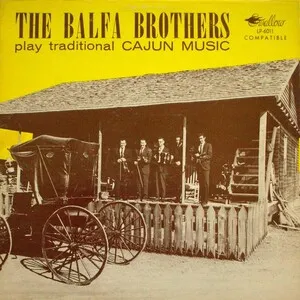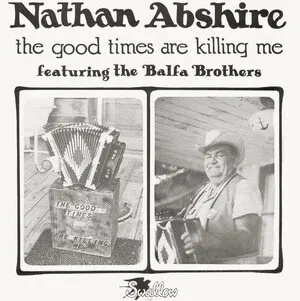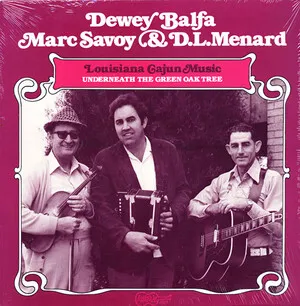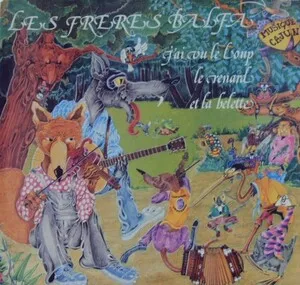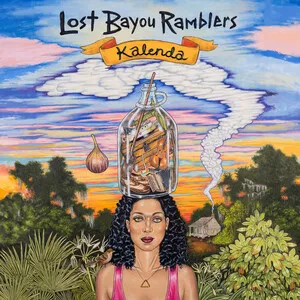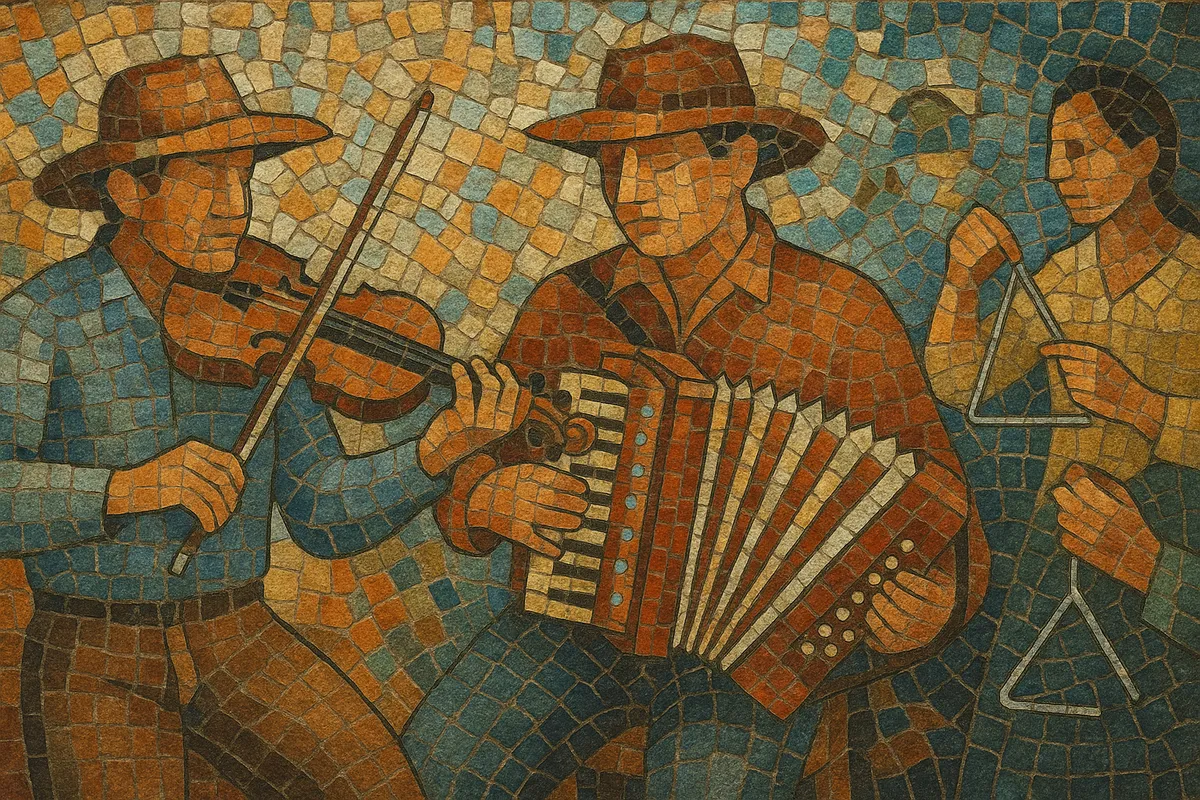
Traditional Cajun music is the dance-driven folk style of the French-speaking Acadian (Cajun) communities of southwest Louisiana. It is typically led by fiddle and single-row diatonic accordion, with steady rhythmic support from acoustic guitar and the tit-fer (triangle). Songs are most often sung in Cajun French, featuring plaintive, nasal timbres and communal refrains.
Built around two core dance forms—the lively two-step (in duple meter) and the lilting waltz (in triple meter)—the music blends French and French-Canadian fiddle traditions with local American influences, blues inflections, and Central European accordion dance rhythms. Melodies often sit in major or mixolydian modes, use drones and double-stops, and favor memorable, strophic structures suited to social dancing and house parties (bals de maison).
After the Acadian expulsion (Le Grand Dérangement, 1755–1764), French-speaking settlers established communities in Louisiana. Their ballads and fiddle dance tunes blended with regional American folk practices. By the late 1800s, small house dances (bals de maison) featured solo fiddle or twin fiddles providing melody and rhythm for waltzes and two-steps.
German and Czech immigrants brought diatonic button accordions to the Gulf Coast. Cajun players adopted the loud, portable instrument, pairing it with fiddle and triangle to anchor dancehalls. The genre’s recorded history begins in the 1920s, notably with Joe Falcon and Cléoma Breaux’s “Allons à Lafayette” (1928). Fiddlers like Dennis McGee and Creole accordionist-singer Amédé Ardoin shaped the classic repertoire and vocal style.
As public dancehalls grew, bands added acoustic and later amplified guitars. Some groups (e.g., the Hackberry Ramblers) flirted with Western swing and country, but the core traditional strain kept its French lyrics, diatonic accordion leads, and twin-fiddle textures. Iry LeJeune’s emotionally direct recordings after World War II re-centered the tradition on waltzes and driving two-steps.
A roots revival in the 1960s–70s—spearheaded by the Balfa Brothers and community festivals like Festivals Acadiens et Créoles—sparked renewed pride in Cajun French language and music. Educational programs, community jam sessions, and independent labels have since sustained a strong traditional scene alongside contemporary Cajun and related Louisiana styles such as swamp pop and zydeco.

